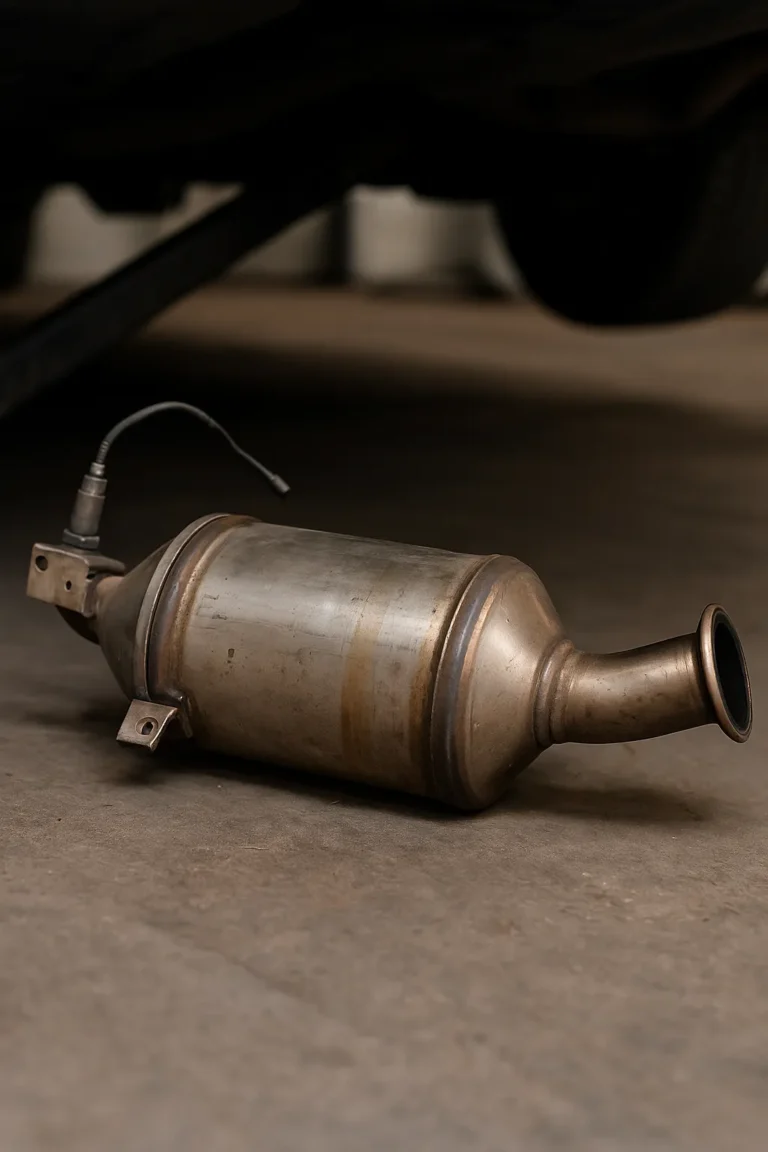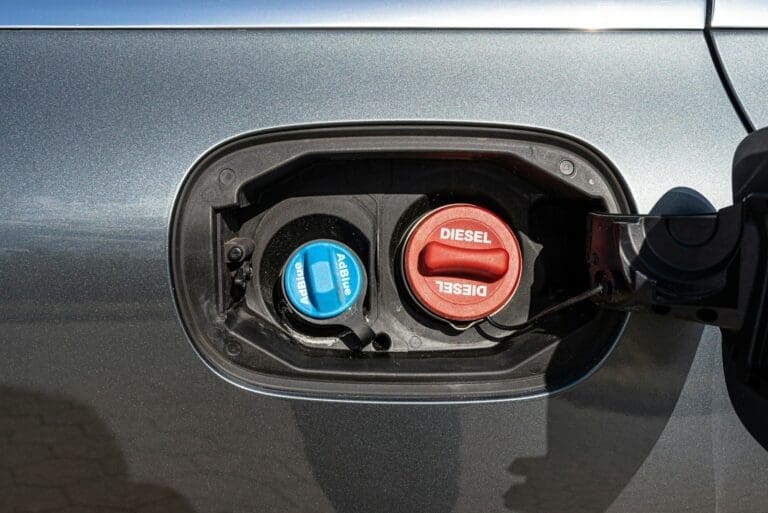Introduction
Table of Contents
ToggleTips to Improve Your Car’s Fuel Efficiency is a key concern for many drivers, not only because of the rising cost of fuel but also due to the increasing awareness of environmental impact. Improving your car’s fuel efficiency can save you money, reduce your carbon footprint, and enhance your vehicle’s performance. This article offers practical tips and insights on how to get the most out of every gallon of fuel, covering everything from driving habits to maintenance practices.
Understanding Fuel Efficiency
1. What is Fuel Efficiency?
Fuel efficiency refers to the distance a vehicle can travel on a specific amount of fuel. It is often measured in miles per gallon (MPG) or liters per 100 kilometers (L/100 km). Higher fuel efficiency means more miles per gallon, indicating better performance and cost savings.
2. Factors Affecting Fuel Efficiency
Several factors influence a car’s fuel efficiency, including:
- Driving habits: Aggressive driving, speeding, and frequent stops can reduce fuel efficiency.
- Vehicle maintenance: Poorly maintained vehicles consume more fuel.
- Aerodynamics: Car design and modifications like roof racks affect air resistance.
- Weight: Heavier vehicles require more energy to move, reducing efficiency.
- Fuel quality: Using the correct type of fuel ensures optimal engine performance.
Driving Habits for Better Fuel Efficiency

1. Smooth and Steady Driving
One of the simplest ways to improve fuel efficiency is by adopting smooth and steady driving habits. Avoid rapid acceleration and hard braking, as these can significantly reduce MPG. Instead, accelerate gradually and maintain a consistent speed whenever possible.
2. Use Cruise Control
Using cruise control on highways helps maintain a constant speed, reducing the need for acceleration and deceleration. This can lead to better fuel efficiency on long trips.
3. Observe Speed Limits
Driving at high speeds increases fuel consumption. Most vehicles achieve optimal fuel efficiency at speeds between 45 and 60 miles per hour. Staying within the speed limit not only improves fuel efficiency but also enhances safety.
4. Avoid Idling
Idling consumes fuel without moving the vehicle, reducing overall efficiency. If you expect to be stationary for more than a minute, it’s more fuel-efficient to turn off the engine and restart it when you’re ready to move.
5. Plan Your Routes
Planning your routes can help you avoid traffic congestion, road construction, and other delays that lead to stop-and-go driving. Utilizing GPS and traffic apps can provide real-time updates and suggest alternative routes to save time and fuel.
Vehicle Maintenance for Optimal Fuel Efficiency
1. Regular Engine Maintenance
A well-maintained engine runs more efficiently, consuming less fuel. Regularly check and replace air filters, spark plugs, and fuel injectors as needed. Ensure your engine is properly tuned according to the manufacturer’s recommendations.
2. Tire Maintenance
Properly inflated tires reduce rolling resistance, improving fuel efficiency. Check tire pressure regularly and keep it at the recommended level. Under-inflated tires can increase fuel consumption by up to 3%.
3. Use the Right Motor Oil
Using the manufacturer-recommended motor oil can improve fuel efficiency. Some oils are designed to reduce friction and improve engine performance. Avoid using heavier oils than necessary, as they can increase engine drag and reduce efficiency.
4. Wheel Alignment
Proper wheel alignment ensures that your vehicle rolls smoothly, reducing fuel consumption. Misaligned wheels cause uneven tire wear and increase resistance, leading to higher fuel usage. Regularly check and adjust wheel alignment as needed.
5. Reduce Vehicle Weight
Carrying unnecessary weight in your vehicle reduces fuel efficiency. Remove heavy items from your trunk and interior to improve performance. Every 100 pounds of excess weight can reduce fuel efficiency by about 1%.
Aerodynamics and Fuel Efficiency
1. Streamline Your Vehicle
Aerodynamics plays a significant role in fuel efficiency. Reduce drag by removing roof racks, bike carriers, and other external accessories when not in use. Even small changes can make a noticeable difference in fuel consumption.
2. Close Windows at High Speeds
Driving with windows open at high speeds increases air resistance, reducing fuel efficiency. Use air conditioning or ventilation systems instead, especially on highways. However, at lower speeds, open windows have a negligible impact on fuel consumption.
3. Use Wind Deflectors
Wind deflectors can improve aerodynamics by directing airflow around the vehicle more efficiently. These devices are especially useful for vehicles with larger frontal areas, such as SUVs and trucks.
Fuel Choices and Driving Conditions
1. Use High-Quality Fuel
Using high-quality fuel with the correct octane rating for your vehicle ensures optimal engine performance. Avoid using lower-octane fuels than recommended, as they can cause knocking and reduce efficiency.
2. Consider Fuel Additives
Some fuel additives claim to improve fuel efficiency by cleaning the engine and fuel system. While results may vary, using reputable additives can help maintain engine performance and potentially improve MPG.
3. Drive During Off-Peak Hours
Driving during off-peak hours reduces the likelihood of encountering traffic congestion and stop-and-go conditions. This allows for smoother driving and better fuel efficiency.
Advanced Tips and Technologies

1. Hybrid and Electric Vehicles
Consider investing in hybrid or electric vehicles (EVs) for superior fuel efficiency. Hybrids combine traditional internal combustion engines with electric motors, while EVs run solely on electricity, eliminating fuel consumption.
2. Use Fuel-Efficient Driving Modes
Many modern vehicles come with selectable driving modes, such as Eco or Fuel-Saving mode. These modes optimize engine performance and other systems to maximize fuel efficiency. Use these modes whenever possible to improve MPG.
3. Utilize Regenerative Braking
For hybrid and electric vehicles, regenerative braking systems capture and store energy during braking, which can be used to power the vehicle. This technology enhances overall efficiency by recycling energy that would otherwise be lost.
4. Monitor Fuel Consumption
Modern vehicles often come equipped with trip computers that monitor and display real-time fuel consumption. Use this information to adjust your driving habits and improve efficiency. Additionally, aftermarket devices and smartphone apps can provide detailed insights into your vehicle’s fuel usage.
Environmental and Economic Benefits
1. Reduced Carbon Footprint
Improving your car’s fuel efficiency has a direct impact on reducing greenhouse gas emissions. Lower fuel consumption means fewer carbon emissions, contributing to a cleaner environment and helping combat climate change.
2. Cost Savings
Enhanced fuel efficiency translates to significant cost savings over time. By reducing the amount of fuel you need to purchase, you can allocate funds to other areas, such as vehicle maintenance, upgrades, or personal savings.
3. Increased Vehicle Longevity
Efficient driving habits and regular maintenance not only improve fuel efficiency but also extend the lifespan of your vehicle. A well-maintained car runs more smoothly and experiences less wear and tear, leading to fewer repairs and a longer life.
Conclusion
Improving your car’s fuel efficiency is a multifaceted approach that involves adopting better driving habits, maintaining your vehicle, optimizing aerodynamics, and leveraging advanced technologies. By implementing these tips, you can achieve significant cost savings, reduce your environmental impact, and enjoy a smoother, more efficient driving experience. Whether you drive a compact car or a large SUV, there are always opportunities to enhance fuel efficiency and make a positive contribution to the environment and your wallet.



